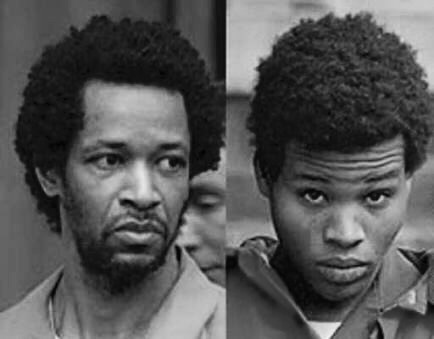The Washington Post journalist Jamal Khashoggi is assassinated in the Saudi consulate in Istanbul, Turkey
Jamal Khashoggi was a Saudi Arabian journalist and political commentator who gained international prominence due to his work for various news outlets, including The Washington Post. He was known for his critical views on the Saudi government and its policies.
Tragically, Jamal Khashoggi’s name became widely known after his disappearance and presumed murder on October 2, 2018. He entered the Saudi Arabian consulate in Istanbul, Turkey, to obtain documents for his upcoming marriage, but he never emerged from the consulate. It was later revealed through Turkish intelligence and international investigations that he had been brutally murdered inside the consulate by a team of Saudi operatives. The details of his murder were gruesome, and his body was dismembered and disposed of.
The international community strongly condemned Khashoggi’s murder, and there were widespread calls for accountability and justice. Turkish authorities and international intelligence agencies conducted investigations, and evidence pointed to the involvement of high-ranking Saudi officials, including Crown Prince Mohammed bin Salman. The Saudi government initially denied any involvement but later acknowledged that Khashoggi had been killed inside the consulate, attributing it to a rogue operation.
Khashoggi’s murder had significant diplomatic and political repercussions, leading to strained relations between Saudi Arabia and many Western countries. It also renewed discussions about press freedom, human rights, and the conduct of Saudi Arabia’s government. Despite international pressure, justice for Jamal Khashoggi remains a contentious issue, with some calling for further accountability and sanctions against those responsible.


